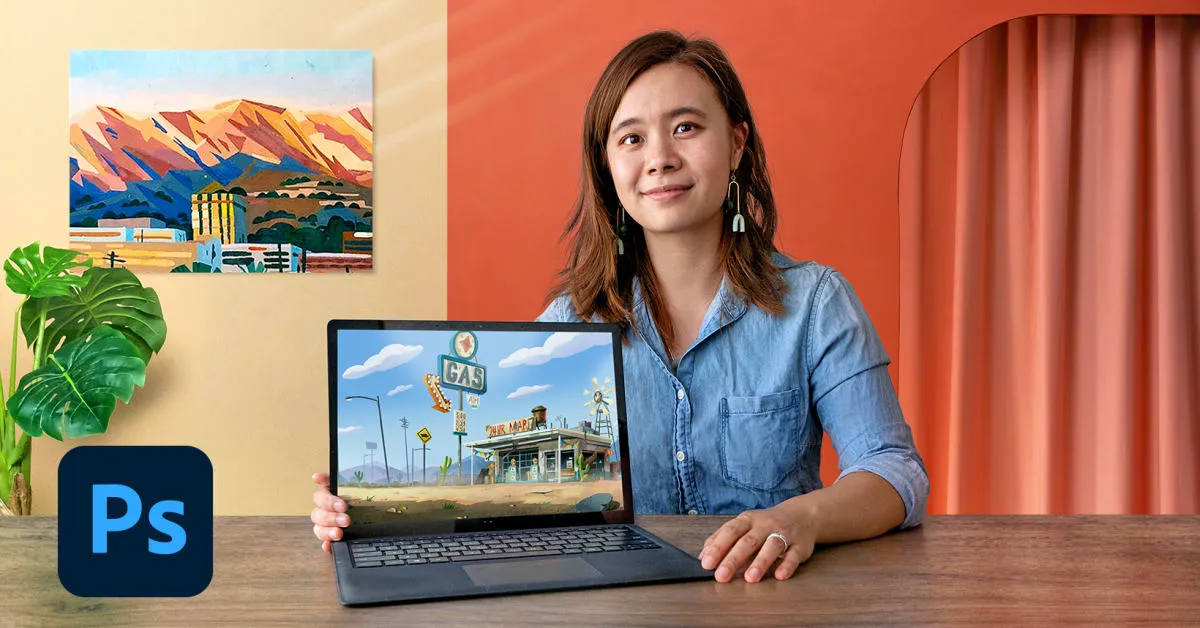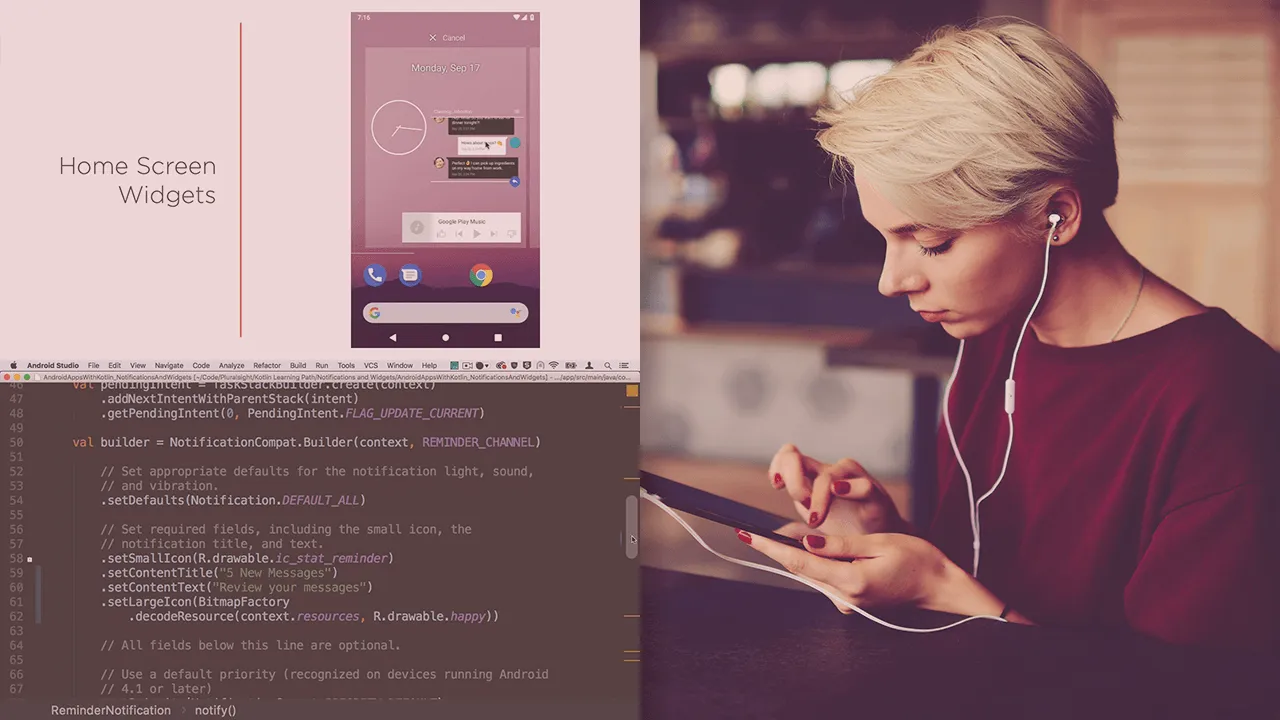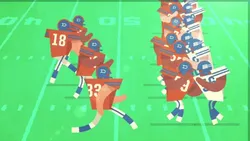
Digital Background Painting for Animation 
This online course by Susan Yung provides an in-depth look at the process of creating digital background scenes for 2D animations in Photoshop. Learn the fundamentals of digital painting and how to apply them to animation. ▼
ADVERTISEMENT
Course Feature
![]() Cost:
Cost:
Paid
![]() Provider:
Provider:
Domestika
![]() Certificate:
Certificate:
Paid Certification
![]() Language:
Language:
English
Course Overview
❗The content presented here is sourced directly from Domestika platform. For comprehensive course details, including enrollment information, simply click on the 'Go to class' link on our website.
Updated in [March 06th, 2023]
In this course, Digital Background Painting for Animation, Susan will guide students through the fundamentals of creating digital background scenes for 2D animations in Photoshop. Students will learn about colour and lighting principles for digital painting, as well as some basic theory and how it applies to a scene. They will also learn how to work with an efficient workflow, and Susan's insider tips and tricks for using Photoshop like a pro. Additionally, students will explore how to add textures to their artwork, and look at some examples to learn about shape grouping and train their eye to see simple shapes. By the end of the course, students will have the skills and knowledge to create digital background scenes for 2D animations in Photoshop.
[Applications]
After taking this course, students can apply their newfound knowledge to create digital background scenes for 2D animations in Photoshop. They can use the fundamentals of colour and lighting theory, as well as Susan's insider tips and tricks, to create professional-looking artwork. Additionally, students can use the techniques learned in the course to add textures to their artwork and practice shape grouping. With the knowledge gained from this course, students can create beautiful digital background paintings for their animations.
[Career Paths]
1. Digital Background Painter: Digital background painters create digital backgrounds for 2D animations in Photoshop. They must have a strong understanding of colour and lighting theory, as well as an efficient workflow. As the demand for digital animation increases, so does the need for digital background painters.
2. Digital Animator: Digital animators create digital animations using software such as Adobe After Effects and Autodesk Maya. They must have a strong understanding of animation principles, as well as an eye for detail. As the demand for digital animation increases, so does the need for digital animators.
3. Digital Compositor: Digital compositors are responsible for combining multiple elements of a digital animation into a single image. They must have a strong understanding of colour and lighting theory, as well as an efficient workflow. As the demand for digital animation increases, so does the need for digital compositors.
4. Digital Effects Artist: Digital effects artists create digital effects for 2D and 3D animations. They must have a strong understanding of colour and lighting theory, as well as an efficient workflow. As the demand for digital animation increases, so does the need for digital effects artists.
[Education Paths]
1. Bachelor of Fine Arts (BFA) in Animation: A BFA in Animation is a great way to learn the fundamentals of animation and digital painting. This degree program typically covers topics such as character design, storyboarding, 3D modeling, and digital painting. It also provides students with the opportunity to develop their skills in digital painting, as well as learn about the latest trends in the animation industry.
2. Master of Fine Arts (MFA) in Animation: An MFA in Animation is a great way to further develop your skills in digital painting and animation. This degree program typically covers topics such as character design, storyboarding, 3D modeling, and digital painting. It also provides students with the opportunity to develop their skills in digital painting, as well as learn about the latest trends in the animation industry.
3. Bachelor of Science (BS) in Computer Science: A BS in Computer Science is a great way to learn the fundamentals of computer programming and digital painting. This degree program typically covers topics such as computer programming, software engineering, and digital painting. It also provides students with the opportunity to develop their skills in digital painting, as well as learn about the latest trends in the computer science industry.
4. Master of Science (MS) in Computer Science: An MS in Computer Science is a great way to further develop your skills in computer programming and digital painting. This degree program typically covers topics such as computer programming, software engineering, and digital painting. It also provides students with the opportunity to develop their skills in digital painting, as well as learn about the latest trends in the computer science industry.
Course Syllabus
Principles of Color and Lighting
Layers and Shortcuts
Photoshop Brushes and Textures
Finding References
Course Provider

Provider Domestika's Stats at AZClass
Discussion and Reviews
0.0 (Based on 0 reviews)
Explore Similar Online Courses

Android Apps with Kotlin: Notifications and App Widgets

How To Create a WordPress Website for Beginners Plus Bonuses

Python for Informatics: Exploring Information

Social Network Analysis

Introduction to Systematic Review and Meta-Analysis

The Analytics Edge

DCO042 - Python For Informatics

Causal Diagrams: Draw Your Assumptions Before Your Conclusions

Whole genome sequencing of bacterial genomes - tools and applications

Simple Character Animation

Introduction to Cinema 4D: A Beginner& Animation Guide

Expressive Animation: Combining Photoshop Illustrator and After Effects
 Related Categories
Related Categories
 Popular Providers
Popular Providers
Quiz
 Submitted Sucessfully
Submitted Sucessfully
1. What is the main topic of this course?
2. What is the first step in Susan's creative process?
3. What is the main purpose of this course?


Start your review of Digital Background Painting for Animation